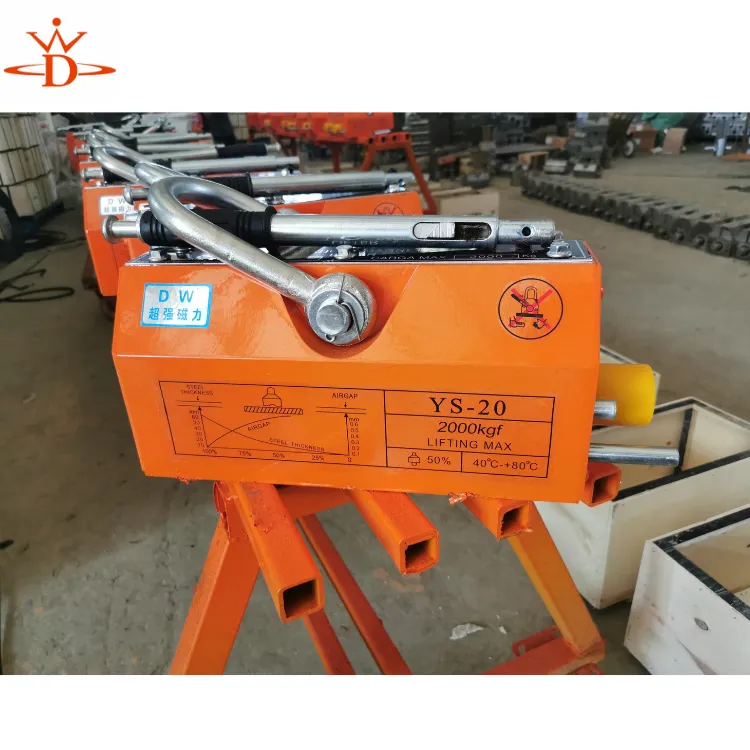Design and Functionality of a Gantry Crane Bridge for Industrial Applications
The Evolution and Importance of Gantry Crane Bridges
Gantry crane bridges have emerged as pivotal structures in various industries, playing a fundamental role in enhancing workflow and efficiency in material handling. These cranes combine mobility with robust lifting capabilities, making them indispensable in construction sites, shipping yards, and manufacturing plants. This article delves into the structural design, operational mechanics, applications, and future prospects of gantry crane bridges.
Understanding Gantry Crane Bridges
A gantry crane bridge consists of a framework supported by two or more legs that run on wheels or tracks along a laid path. The design allows the hoisting mechanism to travel back and forth along the horizontal beam, enabling it to lift, lower, and move materials within a designated area. The primary components include the gantry structure itself, the hoisting system, and the movement mechanism. Typically constructed from steel, these cranes are designed to handle heavy loads, offering a reliable solution on job sites where flexibility and strength are crucial.
Applications Across Industries
Gantry crane bridges find extensive applications in different sectors. In manufacturing, they facilitate the movement of heavy machinery and materials along assembly lines. Construction sites benefit from their ability to lift and transport large building components, such as concrete panels and steel beams, efficiently across the site. Furthermore, in shipping yards, they play a critical role in loading and unloading cargo containers from ships to trucks and vice versa.
Their versatility extends to specialized applications as well. In automotive plants, gantry cranes assist in the assembly of vehicles by delivering parts to workers. In the aerospace industry, these cranes are used to handle components of aircraft, ensuring precision and safety during assembly and maintenance processes. Even in smaller workshops, mini gantry cranes are employed to lift heavy items that would be cumbersome for workers to handle manually, enhancing workplace safety and productivity.
Advantages of Gantry Crane Bridges
gantry crane bridge

One of the significant advantages of gantry crane bridges is their cost-effectiveness. Compared to other lifting solutions, such as overhead cranes, gantry cranes often require less infrastructure and installation costs. Their mobility allows businesses to deploy them in various locations within a facility, maximizing resource utilization.
Safety is another paramount consideration in crane operations. Gantry crane bridges are designed with safety features, including emergency stop buttons, limit switches, and overload protection systems. These elements significantly reduce the risk of accidents, ensuring a safer working environment for operators and nearby personnel.
Innovations and Future Trends
As industries continue to evolve, so do the designs and technologies associated with gantry crane bridges. Advances in automation and robotics are likely to redefine how these cranes are operated. For instance, integrating smart sensors and IoT technology can provide real-time monitoring, enabling operators to keep track of loads, equipment condition, and maintenance needs instantly.
Moreover, the push for sustainability is influencing the design of gantry cranes. Future models may emphasize energy efficiency, utilizing electric motors and regenerative braking systems to minimize environmental impact. With the growing emphasis on reducing carbon footprints, manufacturers are exploring lightweight materials and designs that enhance efficiency while maintaining strength.
Additionally, the adoption of artificial intelligence in crane operation could optimize workflow and reduce downtime. Predictive maintenance, enabled by AI algorithms, can foresee potential failures, ensuring that cranes operate smoothly and minimizing disruptions in production lines.
Conclusion
In conclusion, gantry crane bridges are crucial in various sectors, offering efficient and safe solutions for material handling. Their design and operation continue to evolve alongside technological advancements, ensuring they remain relevant in an ever-changing industrial landscape. As we look to the future, these cranes are set to play an even more significant role in facilitating the seamless movement of heavy loads, ultimately driving productivity and innovation across industries. The importance of gantry crane bridges will only amplify, showcasing their adaptability and essentiality in modern engineering and logistics.
-
Unlock Seamless Relocation with Our Heavy Equipment Moving ExpertiseNewsJun.06,2025
-
Unleash Unrivaled Flexibility with Our Adjustable Gantry CraneNewsJun.06,2025
-
Unleash Heavy-Duty Efficiency with Our Industrial Gantry Crane SolutionsNewsJun.06,2025
-
Revolutionize Steel Handling with Our Magnetic Lifter RangeNewsJun.06,2025
-
Master Equipment Mobility with Premium Machinery Mover SolutionsNewsJun.06,2025
-
Elevate Your Material Handling with Magnetic Lifter TechnologyNewsJun.06,2025
-
YS Permanent Lifting Magnets: The Smarter Way to Handle SteelNewsMay.22,2025
